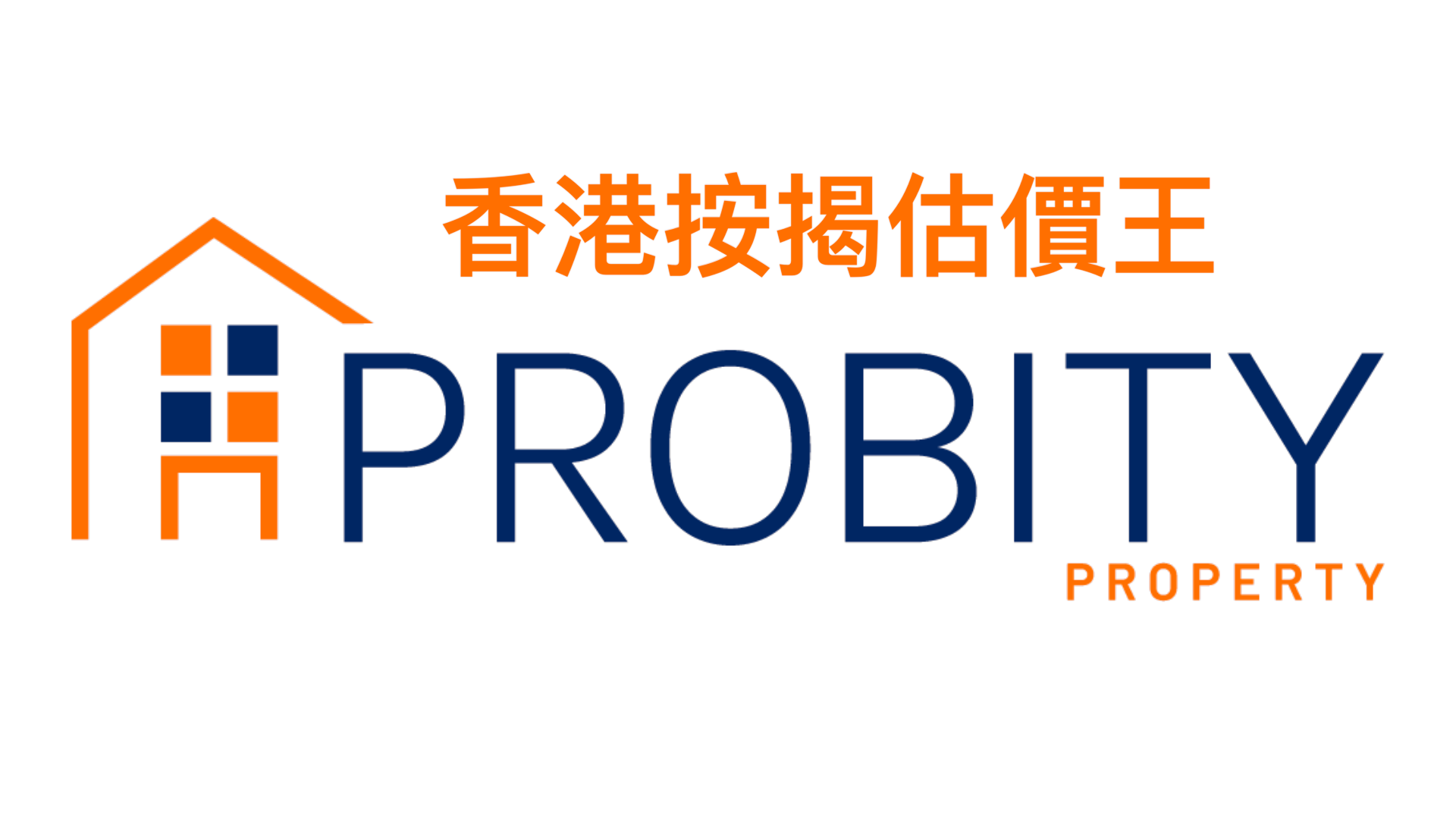Do You Really Understand Mortgage Refinancing?

Do You Really Understand Mortgage Refinancing?
Understanding the Different Types of Refinancing can Make You a Pro
When it comes to purchasing property, many people opt for a mortgage loan. However, some may face pressure during the repayment process and need to refinance their mortgage. Refinancing, also known as mortgage refinancing, refers to the process where homeowners transfer their mortgage to another bank in exchange for more favorable loan terms or to cash out for additional funds. But do you know that there are different types of mortgage refinancing?
Rate-and-Term Refinancing
Rate-and-term refinancing refers to when homeowners transfer their existing mortgage balance to another bank while keeping the loan amount the same. For example, if a homeowner originally spent 5 million dollars to purchase a property and still owes 2 million dollars, they can transfer the remaining balance to another bank. The benefit of this method is that it allows the homeowner to switch to more favorable loan terms, such as lower interest rates or longer repayment periods, which can reduce repayment pressure and improve their quality of life.
Cash-Out Refinancing
Cash-out refinancing allows homeowners to transfer their property mortgage to another bank by re-evaluating the property and taking on a new mortgage to obtain additional funds or lower the loan interest rate. However, there are some limitations to consider with this method:
Firstly, the property's valuation will directly affect the cash-out effect. If the property's valuation is higher than the purchase price and current market value, the homeowner can borrow a higher loan-to-value ratio to obtain more cash. For example, if a homeowner purchased a property for 5 million dollars, and the property's valuation has risen to 6 million dollars after re-evaluation, the loan amount will increase accordingly. The homeowner can then transfer the mortgage to another bank to obtain more liquidity.
Secondly, homeowners need to be aware of financial regulatory restrictions. According to the guidelines of the Financial Supervisory Commission, properties valued at less than 10 million dollars can only be mortgaged up to 60% of their value, with a loan limit of 5 million dollars. This means that even if the property's value increases, homeowners can only obtain limited liquidity and cannot transfer their mortgage endlessly. For example, if a homeowner purchased a property for 7 million dollars and took out a mortgage for 60% of the purchase price, which is 4.2 million dollars, even if the property's valuation rises to 8.5 million dollars, the maximum loan amount will only be 5 million dollars.
In addition, cash-out refinancing involves some fees, such as appraisal fees and conversion fees. Homeowners need to calculate whether these fees are worth paying and ensure that the final cash-out amount can cover these costs.
Overall, cash-out refinancing can increase homeowners' liquidity, but it requires attention to risks and limitations. Homeowners should carefully evaluate property valuation, loan interest rates, and the benefits of paying related fees. Only by understanding the risks and limitations can homeowners correctly utilize the advantages of cash-out refinancing to reduce financial risks and increase returns.


